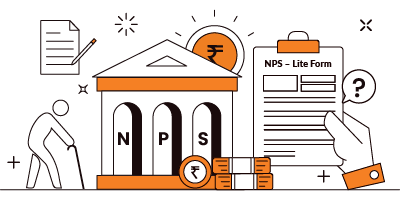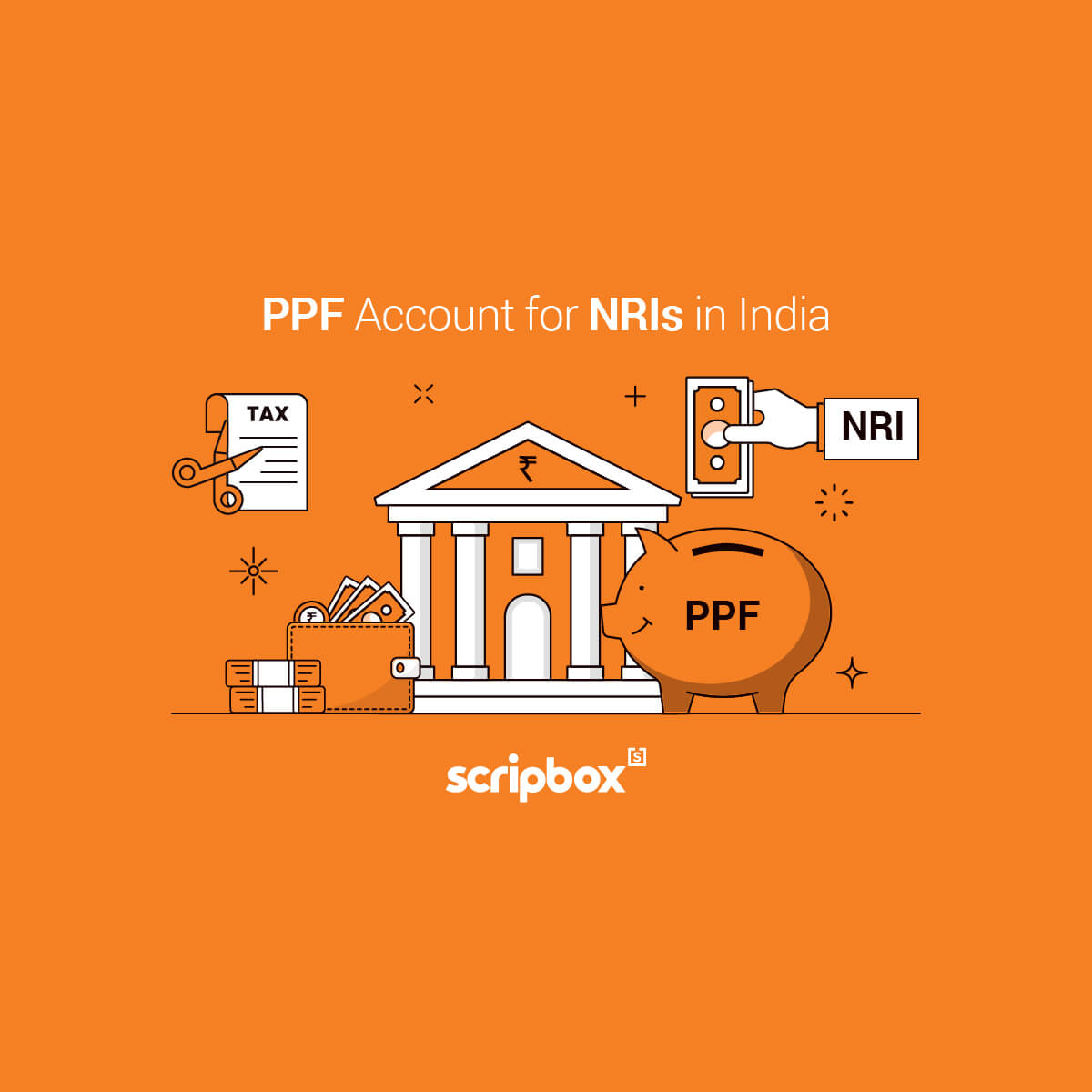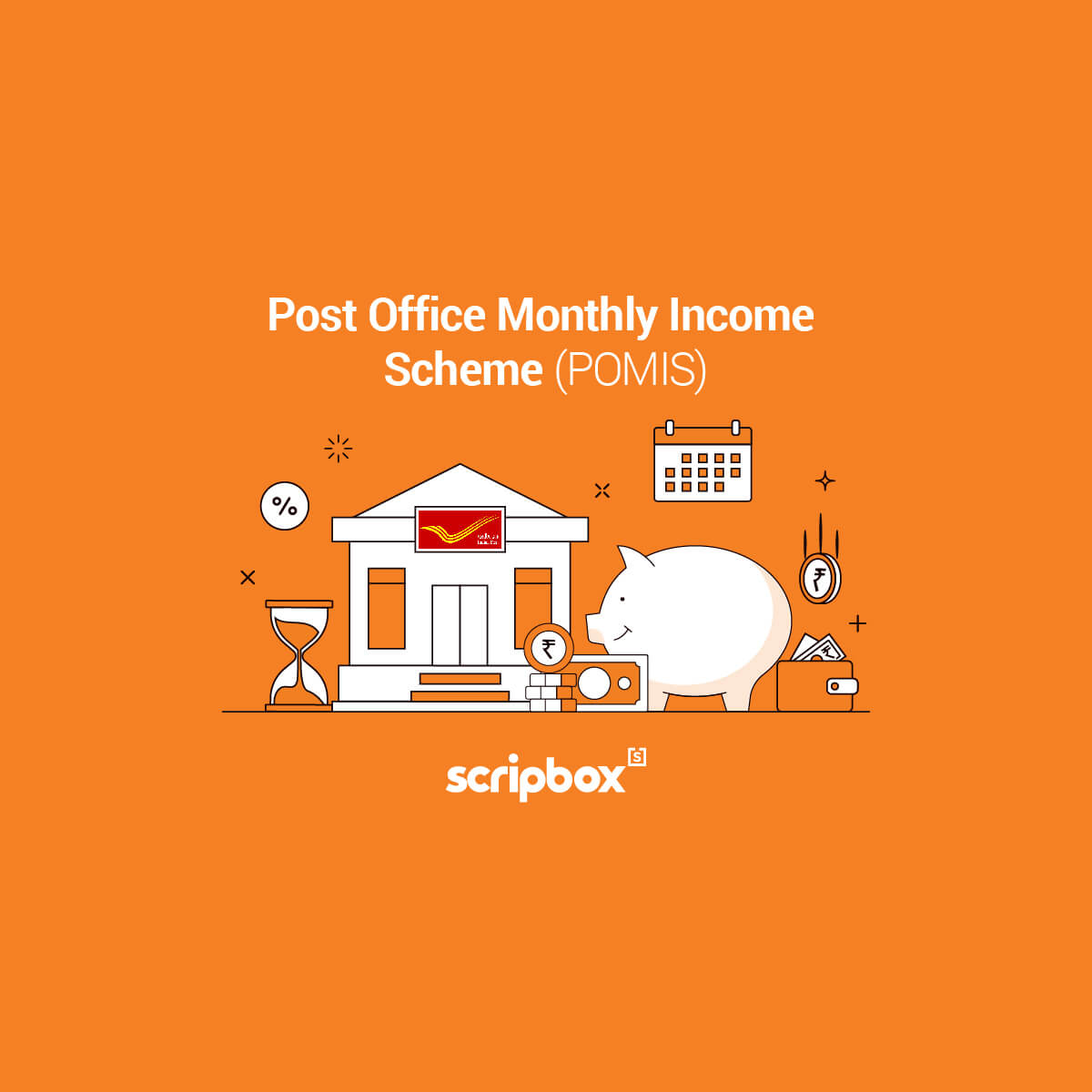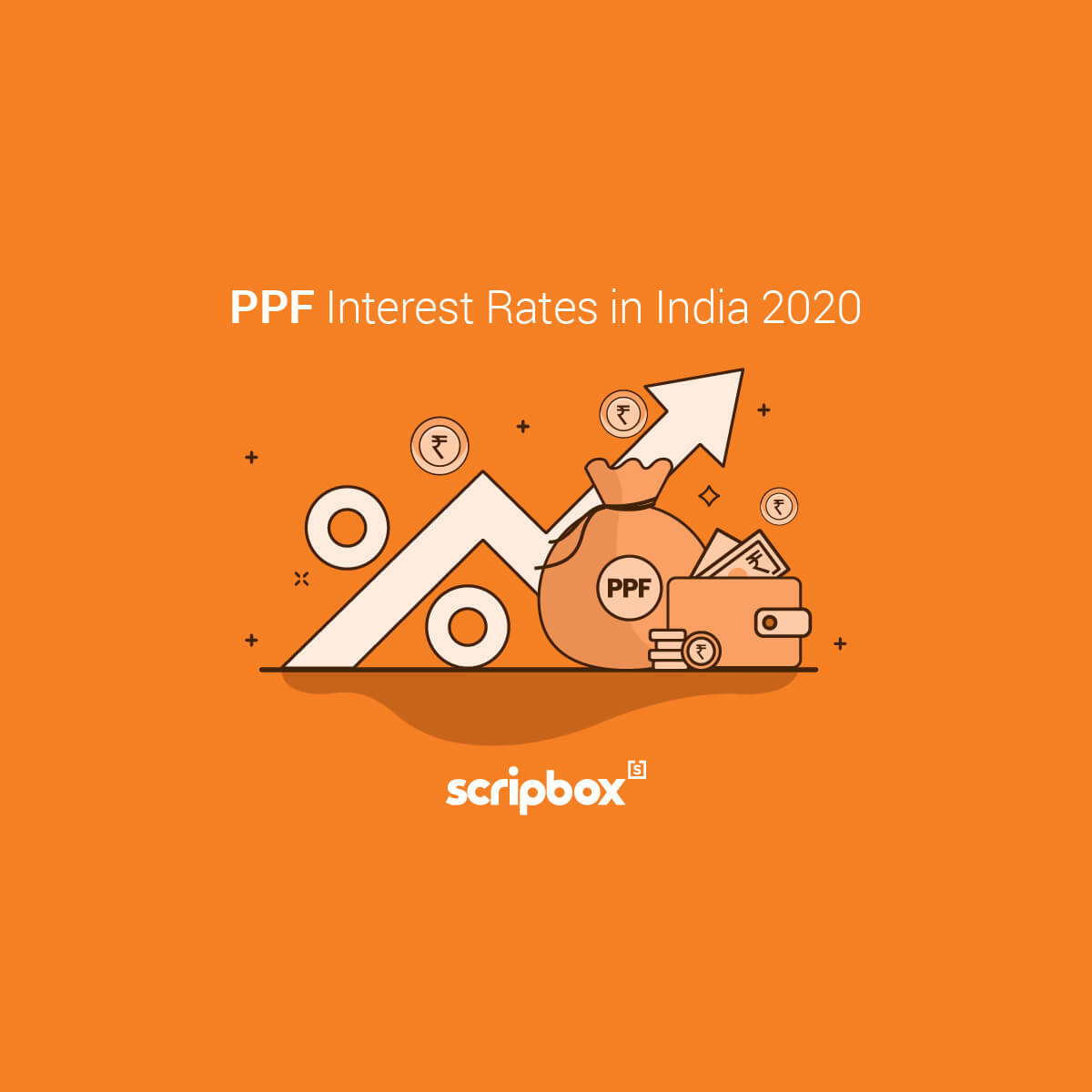The National Pension System Lite (NPS Lite) was launched in 2010 to provide financial security for economically disadvantaged people. All eligible citizens from the unorganized sector can apply for this scheme. This article covers NPS Lite, its eligibility, benefits, and NPS Lite forms.
What is the National Pension Scheme NPS – Lite?
The National Pension System Lite (NPS Lite) was launched on April 1st 2010. Also known as NPS Swavalamban, this scheme aims to target the poor. NPS Lite helps secure the future of economically disadvantaged people. Any person who is in the age group of 18-60 years can join this scheme.
NSDL e-Governance Infrastructure Limited has been appointed as Central Recordkeeping Agency (CRA) for NPS – Lite by the Pension Fund Regulatory and Development Authority (PFRDA). NPS – Lite is designed in such a way it has a low-cost structure when compared to NPS. NPS Lite is based on a group servicing model. There are organizations called ‘Aggregators’ who will represent a group of low-income subscribers. These aggregators facilitate the registration, account maintenance, and transfer of pension contributions.
All Indians are eligible to invest in the NPS lite scheme. There is no restriction on the minimum amount of contribution every year. Moreover, the subscribers can make the contribution at any time of the year at their convenience.
Under NPS Lite, the asset allocation is such that 55% of the assets are an investment in government securities, 40% in corporate bonds and the rest in equity. Hence NPS Lite is more secure and has a higher probability of offering predictable and stable returns. Also, one can use an NPS calculator to estimate returns from NPS schemes. Scripbox’s NPS calculator is one such tool that estimates the probable returns from NPS schemes.
Upon maturity, the subscriber can withdraw a maximum of 60% of the accumulated corpus in lumpsum. This amount is entirely tax-free. Furthermore, the subscriber has to use a minimum of 40% of the accumulated corpus for purchasing an annuity scheme.
Who is eligible for the national pension scheme NPS- Lite?
NPS Lite Scheme is aimed to secure the financial future of people in low-income groups. Following is the eligibility criteria for the scheme:
- All citizens of India between the age of 18 years to 60 years.
- The subscriber has to be from an unorganized sector. A person belongs to the unorganized sector if they are not employed by the Central or state government or any other autonomous body and is not covered under any social security scheme.
- The scheme applies to all people in the unorganized sector. And the benefit of central government contribution (INR 1,000) is available only to individuals who have their NPS contribution in the range of INR 1,000-INR 12,000 for both Tier I and Tier II accounts together. The subscriber also has to contribute a minimum of INR 1,000 per annum to the Tier I account. And the central government will contribute a minimum of INR 1,000 in Tier I and Tier II accounts combined per annum.
Benefits of NPS- Lite
Following are the benefits of the scheme:
- The scheme is open to all citizens of India in the unorganized sector in the age group of 18-60 years.
- Opening an NPS Lite account is easy and simple with the help of an Aggregator.
- Investment in the NPS Lite scheme is considered as safe as the Pension Fund Regulatory and Development Authority PFRDA regulates it. Also, NPS Trust regularly monitors and tracks the funds’ performance.
- Investing in NPS Lite is very economical. The scheme is based on a low-cost structure and has no restrictions on the minimum contribution.
Withdrawal from NPS – Lite
A subscriber can exit normally at the age of 60 from the NPS Swavalamban scheme. However, the scheme also allows early exit in certain conditions. Following are the withdrawal rules for the scheme:
Exit at the age of 60
At the time of exit at the age of 60, the subscriber should use at least 40% of the corpus to purchase an annuity scheme. The subscriber will provide a bank account and other withdrawal details to the aggregator. The aggregator will upload the same in the Central Recordkeeping Agency CRA system for execution. Also, at the time of exit, the aim is to offer a minimum of INR 1,000 per annum as a pension. If 40% of the corpus doesn’t fulfil this requirement, then a larger amount of the corpus is used to buy the annuity scheme.
Exit before the age of 60
The subscriber has to use a minimum of 80% of the amount for purchasing an annuity. The rest 20% can be withdrawn.
Withdrawal due to death of the subscriber
In the event of the subscriber’s unfortunate demise, the legal heirs or the nominee will approach the aggregator with necessary documents like the death certificate and ID proof. The aggregator will then facilitate the transfer of the entire corpus to the nominee or legal heir’s account.
How to fill NPS – Lite Form?
Following are the different forms for NPS – Lite scheme.
NL-N1 NPS Lite Oversight Office
NL-N1 NPS Lite Oversight Office form is used to register the NPS Lite oversight office of the aggregator. The aggregator has to fill in the following details in the form:
Name, address, contact details, and bank details like bank name, account number, address and IFSC code. The aggregator also has to fill in the authorized contact person details. Moreover, you also need to choose the pension fund manager. At the end of the form, the authorized person must sign along with the date and place.
NL-N2 NPS Lite Account Office
NL-N2 NPS Lite Account Office form is used to register the NPS Lite account office of the aggregator. The aggregator has to fill in the following details in the form:
Name, address, contact details, and bank details like bank name, account number, address and IFSC code. The aggregator also has to fill in the authorized contact person details. Moreover, you have to sign a declaration. At the end of the form, the authorized person must sign along with the date and place.
NL-N3 NPS Lite Collection Centre
NL-N3 NPS Lite collection centre form is used for registration of the NPS Lite collection centre aggregator. The aggregator has to fill in the following details in the form:
Name, address, contact details like Email ID, phone number, and authorized person contact details. You also need to sign at the end of the form along with the place and date.
Annexure NE-5: Bank Details Update Form
The NE-5 bank details update form is used by the Nodal Office (NL-OO/NL-AO) to update or modify the bank details in the CRA system. In this form, the Nodal Office must fill in the bank account number, beneficiary name, bank name, branch name, and address. You also have to fill the IFSC Code and MICR Code. Furthermore, a proof of the bank account has to be attached as proof. A bank statement, cancelled cheque, bank certificate, or a bank passbook can be used as proof. At the end of the form, the authorized person has to sign the application and the date and place.
Grievance Redressal by Central Grievance Management System
At the NSDL (CRA) level, there is a Central Grievance Management System (CGMS). After receiving a complaint from a subscriber, the CRA will submit it to the appropriate authorities.
CRA will follow up on the complaint until it is resolved. The branches are asked to resolve complaints against the bank/branch within seven days of receiving them from the CRA.
If the situation is not resolved within 30 days or the complainant is not satisfied with the CRA’s resolution, the complainant may file a complaint with the PFRDA’s Grievance Redressal Cell (GRC).
Investment Choices
PFRDA has the ability to define an investment class. All subscribers that are members of a single aggregator must have the same investment options.
The Pension Fund Manager(s) who may be awarded the responsibility of managing the funds under NPS Swavalamban shall be specified by PFRDA from time to time.
PFRDA may, at its discretion and in the best interests of subscribers, prescribe a pre-defined list of asset classes for investments from which aggregators can select one or leave it up to the aggregators to create their own mix.
For the time being, NPS Swavalamban will have access to a scheme with an investment pattern identical to that specified by the Central government for its own employees, as changed from time to time.
The Aggregator on behalf of their underlying subscribers may choose one of the Single PFMs to whom the entire corpus can be invested. The following is a list of the Single Pension Fund Managers:
- ICICI Prudential Pension Funds Management Company Limited
- DSP Black Rock Pension Fund Managers Pvt. Limited
- Kotak Mahindra Pension Fund Limited
- Reliance Capital Pension Fund Limited
- HDFC Pension Management Company Limited
- SBI Pension Funds Pvt. Limited
- UTI Retirement Solutions Limited
- LIC Pension Fund Limited
- LIC Pension Fund Limited
- SBI Pension Funds Private Limited
- UTI Retirement Solutions Limited
Aggregators may also choose to invest contributions in all three PFMs according to the Central Government Scheme in the same way as government employees do. PFRDA evaluates this scheme’s allocation ratio on a regular basis. This scheme distributes funds to the following fund managers:
- LIC Pension Fund Limited
- SBI Pension Funds Private Limited
- UTI Retirement Solutions Limited
Charges under PFRDA for NPS Lite
| Intermediary | Charge head | Service charges | Method of Deduction |
| CRA | Account Opening Charges | Rs. 35/- (Digitization will be carried out by CRA-FC) | Through cancellation of units |
| CRA | Annaul PRA Maintenance cost per account | Rs. 35/- per annum,with 12 free subscriber contributions per financial year. | Through cancellation of units |
| CRA | Charge per transaction | Nil for first 12 transactions beyond 12 free subscriber contribution in each year. | Through cancellation of units |
| Custodian(On assest values in custody) | Asset Servicing charges | 0.0075% p.a for electronic segment & 0.05% p.a. for Physical Segment(These charges are loaded on NAv,hence would be borne by individual subscriber) | Through NAV deduction |
| PFM charges | Investment Management Fee | 0.0102% p.a. | Through NA |
Frequently Asked Questions
The PFRDA/ GOI regulates investments. Only up to 15% of NPS – Swavalamban’s total funds are invested in the equities or stock markets. Fixed income instruments such as corporate bonds and government securities are used to invest the balance funds.
The money you put into NPS – Swavalamban is an investment in your and your family’s future income. When you contribute a portion of your current salary, you will be able to draw a pension from your long-term savings when you are no longer employed. A greater corpus would be invested over a longer period of time, resulting in higher pension returns in your later years. Swavalamban ensures that large benefits accrue for lengthy periods of time by investing in NPS for a longer period of time.
Because PPF and FDs have a defined interest rate and maturity time, it is easy to evaluate the long-term returns on these investments. NPS – Swavalamban is a long-term savings plan based on flexible contributions and market returns that fluctuate with market conditions.
You would be required to invest Rs.100 at the time of registration. Though no minimum contribution is required each year, it is recommended that at least Rs.1000 be contributed each year to assure a good pension after retirement.
The number of contributions per year has no upper or lower restriction. The frequency and amount of contributions are controlled by the subscriber.
There is no investment return guarantee. The returns in NPS – Swavalamban are based on the market. The returns will be totally dependent on the contributions made and the development of the investments until the NPS is terminated.
Your NPS-Swavalamban account will receive a physical annual Statement of Transaction (SOT) that will describe the contributions made and the current value of the corpus in the individual retirement account. You can, however, check the status of your Individual Retirement Account at any time using the aggregator (IRA).
First of all you need to contact the aggregator. Then fill up the registration form and provide KYC documents. The KYC documents will be Identity Proof and Address Proof such as driving license, Aadhaar, PAN, Voter ID, etc. You have to make the Minimum contribution of Rs.100/- at the time of registration. Furthermore, you will receive “Your” Permanent Retirement Account Number (PRAN) card through an aggregator on a successful registration.
The Swavalamban Scheme is an incentive program run by the Government of India for the unorganized sector. This is a pension program available to provide retirement benefits to the unorganized sector. Moreover, the Government of India will contribute Rs.1000/- per year to each NPS-Swavalamban account if the annual contribution is between Rs.1000 and Rs.12000.
The nominee has an option to apply for the benefit in 2 ways. The nominee can receive a lump sum payment equal to 100% of the NPS pension value. He or she must contact the aggregator and send the required documentation, such as a death certificate and confirmation of identity. Secondly, if the nominee desires to continue with the NPS, he or she must subscribe to the NPS independently. However, to continue the NPS scheme, he or she must complete the KYC requirements, and contact the aggregator to do so.
Related Articles
- What is the National Pension Scheme NPS – Lite?
- Who is eligible for the national pension scheme NPS- Lite?
- Benefits of NPS- Lite
- Withdrawal from NPS – Lite
- How to fill NPS – Lite Form?
- Grievance Redressal by Central Grievance Management System
- Investment Choices
- Charges under PFRDA for NPS Lite
- Frequently Asked Questions




























Show comments